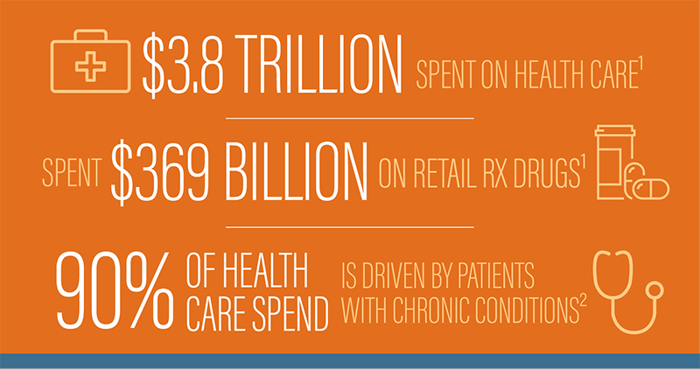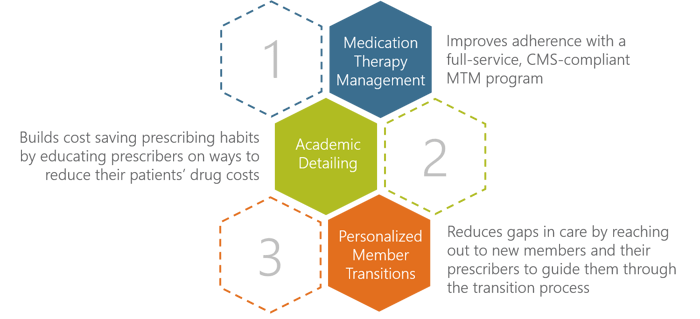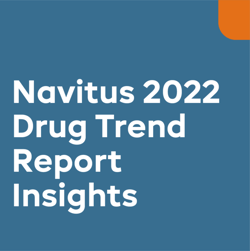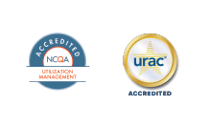Recent data shows patients with chronic conditions are largely driving health care spending, yet many plans are seeing suboptimal outcomes. So, what can plans do to effectively reduce drug costs and improve outcomes for these populations?
During a recent Association for Community Affiliated Plans (ACAP) webinar, Navitus’ Laura Jester, Nicholas Skalitzky and Eileen Murphy shared their expertise on how plans can better manage specialty drug spend for chronic populations while improving member engagement and support.
Increasing Cost of Chronic Conditions
Laura Jester, Associate Director, Specialty Pharmacy Solutions at Navitus, kicked things off by sharing some perspective on the financial dynamics driving spend for chronic populations in the U.S.

Despite spending trillions of dollars on health care, when the desired outcomes are not met, plans do not always realize the best return on their investment. Several factors contribute to that, but medication adherence is a big one. Patients taking medications for chronic conditions tend to have lower adherence rates, which can lead to worse health outcomes.3
To address both the cost and care associated with chronic conditions, Nicholas and Eileen explored how plans can:
-
Align specialty drug management across benefits by linking pharmacy solutions to the medical benefit
-
Implement a clinical engagement strategy to improve member adherence, support and outcomes
Managing Specialty Drugs for Chronic Populations
To get started, Nicholas Skalitzky, Manager, Medical Specialty Products and Services at Navitus, discussed opportunities to link pharmacy solutions to the medical benefit for more comprehensive management of specialty drugs.
According to the Health Care Cost Institute, approximately 81% of health care spending resides under the medical benefit.4 Plans can better manage specialty drugs for chronic populations under their medical benefit by implementing pharmacy benefit management (PBM) tools from four key areas:
-
Utilization Management
Align approaches to specialty drug management across the medical and pharmacy benefits -
Financial Management
Assess market changes and seize opportunities to reduce spend when they occur -
Data Management
Analyze utilization trends of medical benefit specialty drugs in the same manner as pharmacy and seek more integration of information across benefits -
Care Management
Take concepts of pharmacy network management and apply them to chronic populations seeking convenient options for their reoccurring infusions
Improving Member Engagement and Support
Next, Eileen Murphy, Senior Manager, Clinical Engagement Center at Navitus, discussed programs that connect health care providers to patients to help optimize health care utilization and improve outcomes.
Navitus’ Clinical Engagement Center (CEC) focuses on three core programs to help manage chronic diseases and drug costs:

Focusing on Medication Therapy Management (MTM), the goal is to help members get the most benefit from their medications. This includes:
- Screening for medication safety and adherence
- Identifying gaps in therapy
- Assessing barriers to obtaining and taking medications
- Identifying cost savings opportunities for members
- Coordinating care with prescribers
Low adherence can lead to poor health outcomes and drive up costs, especially for chronic conditions. MTM programs can serve as a helpful tool to identify possible barriers to adherence, such as low health literacy, cost or transportation limitations.
Here are a few key areas to consider when setting up an MTM program:
- Choose easy-to-use, web-based MTM software
- Look for simple fee-for-service (FFS) pricing
- Ensure streamlined communications with prescribers
- Find a highly customizable format with flexible plan and reporting options
- Get on-demand reporting with downloadable reports and call logs
While rarely meeting optimal treatment outcomes, chronic conditions continue to be a driver of health care spending. Consider how you can leverage your PBM to better manage specialty drug spend for chronic conditions, and improve overall adherence and health outcomes among members.
To learn more, watch the on-demand webinar today!
-
Center for Medicare & Medicaid Services. National Health Expenditures 2019 Highlights. https://www.cms.gov/Research-Statistics-Data-and-Systems/Statistics-Trends-and-Reports/NationalHealthExpendData/NHE-Fact-Sheet. Published December 16, 2020. Accessed December 18, 2020.
-
Centers for Disease Control and Prevention. Health and Economic Costs of Chronic Diseases. https://www.cdc.gov/chronicdisease/about/costs/index.htm. Published November 17, 2020. Accessed December 18, 2020.
-
Adherence to long-term therapies: evidence for action. World Health Organization. https://www.who.int/chp/knowledge/publications/adherence_full_report.pdf?ua=1. Published January 2003. Accessed November 23, 2020.
-
Health Care Cost and Utilization Report. Health Care Cost Institute. https://healthcostinstitute.org/annual-reports/2020-02-13-18-20-19. Published February 13, 2020. Accessed December 21, 2020.





